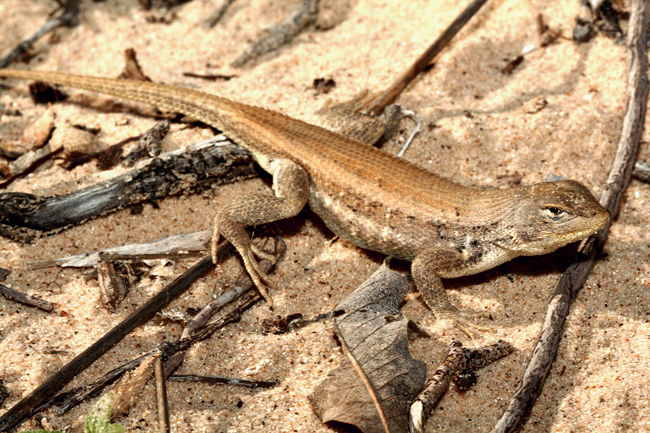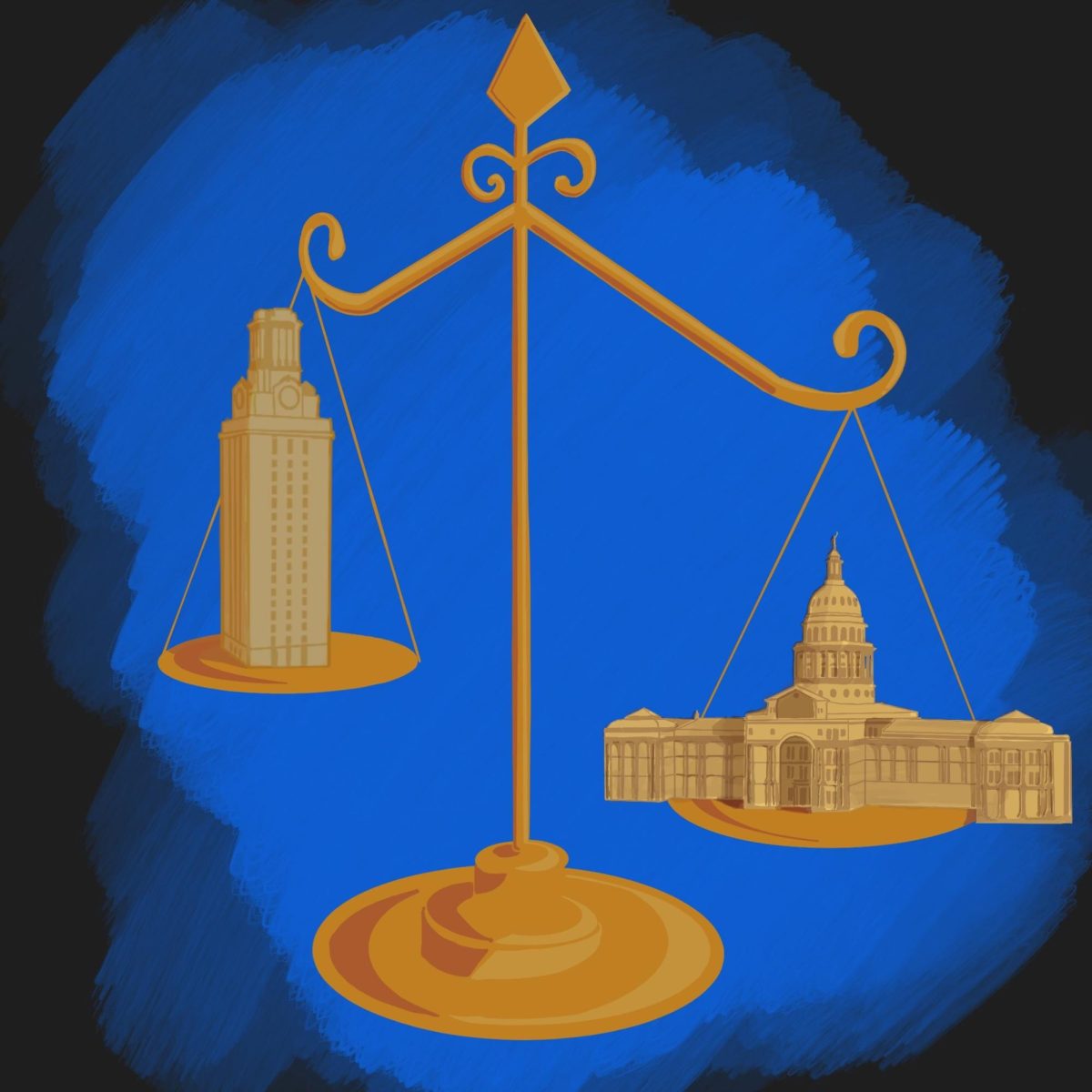Environmental groups and governmental agencies are wrestling with how to properly protect a type of lizard that resides on oil-producing lands owned by the UT System.
The 3-inch dunes sagebrush lizard lives in areas of West Texas and southeastern New Mexico and is considered a habitat specialist, which means it can only survive in certain habitats — specifically the dunes that cover much of West Texas.
This raised concerns from environmental groups that wish to see the lizard added to the U.S. Endangered Species list. The U.S. Fish and Wildlife Service denied the lizard inclusion on the list in 2012, citing voluntary conservation efforts by landowners in Texas and New Mexico as sufficient for the lizard’s preservation.
Todd Anderson, environmental toxicology professor at Texas Tech University, studied the lizard’s habitat in Andrews County on property owned by the UT System. Chris Salice, assistant professor in environmental toxicology at Texas Tech, and a group of graduate students participated in the study.
“Part of the problem is that it has a limited habitat and, coincidentally, it has a habitat where there’s a lot of oil and gas activity,” Anderson said.
The group studied three potential risk factors — contamination of dune sand as a result of oil industry activity, usage of the herbicide Tebuthiuron by ranchers on shinnery oak habitats where the lizard resides and weather patterns affecting the size of sand grains in dunes where the lizard nests.
Anderson said the group did not find those factors have a significant impact on the lizard’s population in the area they studied.
The Fish and Wildlife Service’s decision not to include the lizard on the Endangered Species list has drawn criticism from environmental groups, particularly Defenders of Wildlife and the Center for Biological Diversity. On March 14, the groups issued a joint notice of intent to sue the Fish and Wildlife Service within 60 days to include the lizard on the list.
Noah Greenwald, the center’s endangered species director, said the Texas Comptroller’s Office, which oversees the voluntary conservation agreements between landowners and the state, does not allow the public to access records of efforts to protect the lizard.
“If we can’t see what the conservation efforts are, there’s no way we can evaluate the adequacy of the protections,” Greenwald said.
Texas Comptroller spokesman R.J. DeSilva said state law prohibits the comptroller’s office from releasing the records. He said 103,796 out of 197,606 acres of the lizard’s habitat are enrolled in Texas’ voluntary conservation plan.
University Lands Executive Director Jim Benson said his office is conducting a study in order to minimize its impact on the lizard’s habitat.




















